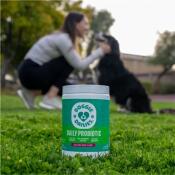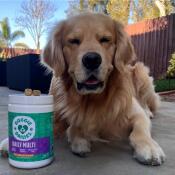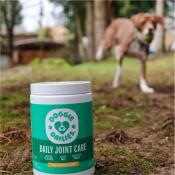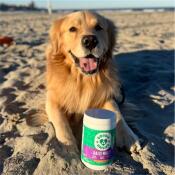The main issue with this breed is with their weight. Generally, they're healthy and live between 12 and 16 years. However, dachshunds are prone to overeating and back injuries. Make sure your sausage dog maintains an ideal weight, and doesn't leap off of stairs, furniture, or other high places as he can injure his back or hips.
Dachshunds have the potential for joint and back issues because of a few reasons. One is Intervertebral Disc Disease, or IVDD. This condition causes faster aging in the spinal disc. It is a degenerative disease and causes brittle and dry discs, along with a hard inner layer that doesn't cushion the disc. This may cause a herniated disc.
1 in 5 Dachshunds have a gene that creates mineral deposits within the discs in their spine that increases their risk of herniation and rupture, according to PetMD.
These dogs are also prone to osteoarthritis, which is another degenerative disease affecting joints. It causes pain, inflammation, and inability to use the joint. Therefore, it is crucial to be aware of your dachshund's joint health.
While their floppy ears are adorable and help keep dirt out, they are also prone to infections. Be sure to keep your dachshund's ears clean with a soothing ear wash.











